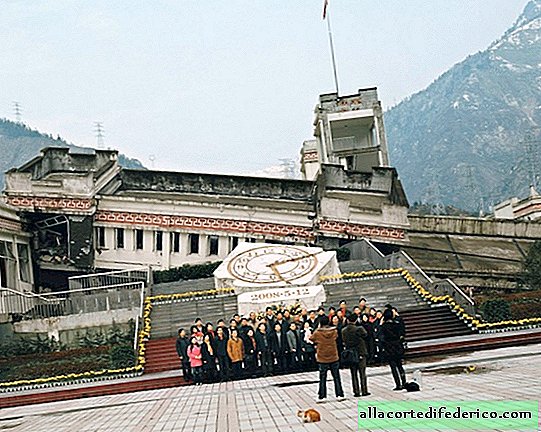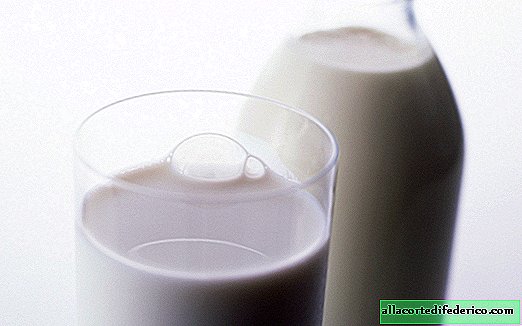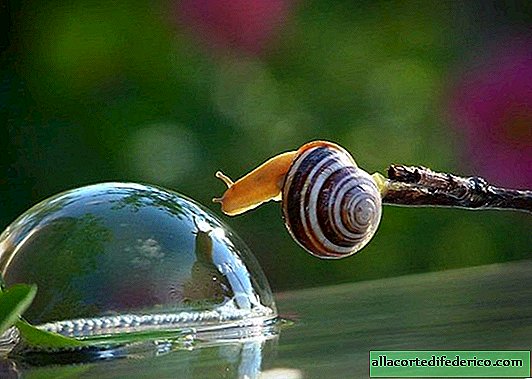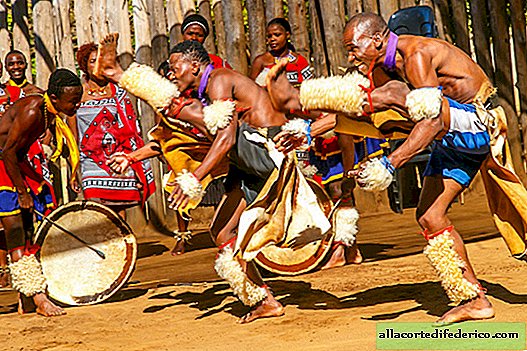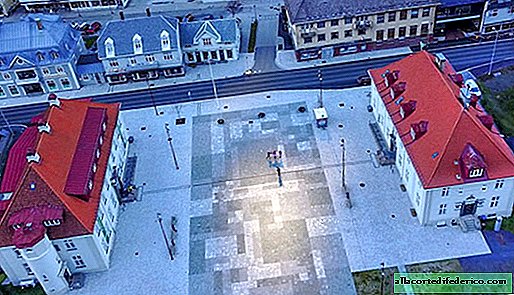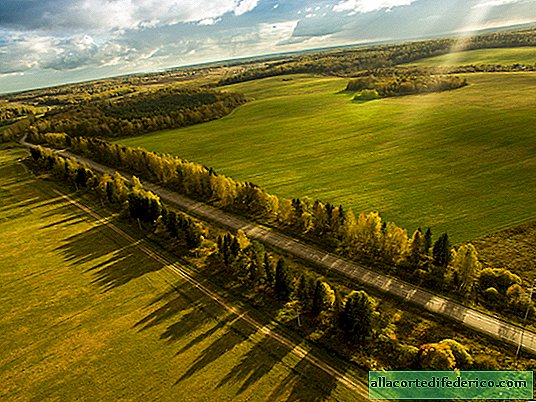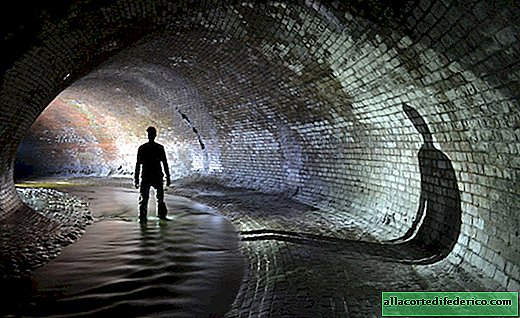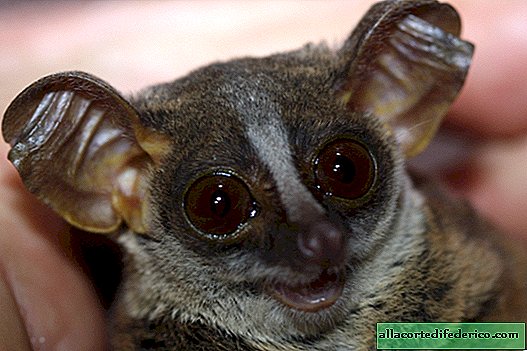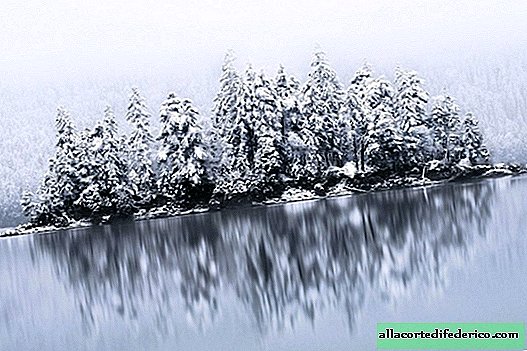Where did the fruit get three dark spots and other interesting facts about coconut
Surely many thought about why all coconuts have three neat dark spots and why they are needed. Today we will talk about this and other interesting facts about the fruits of the coconut palm tree, which grows in warm tropical countries.
Tasty even if green
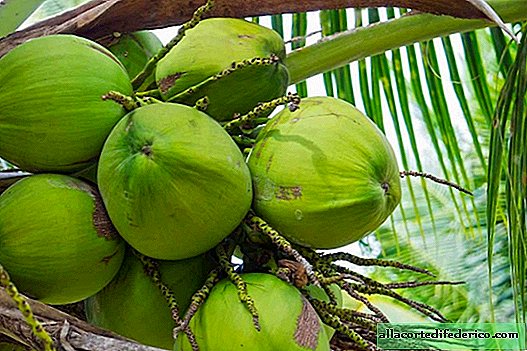
Coconuts that grow on coconut trees are among the few plant delicacies that are eaten in both ripe and unripe form. In order for the coconut to ripen, it takes 8-10 months, but the green coconuts, which contain a tasty and aromatic liquid, are torn off after 5-6 months. Unfortunately, fresh juice of green coconuts (coconut water) can be enjoyed only in tropical countries, which is what all tourists enjoy doing. As it ripens, the green shell becomes harder and darker, and the coconut itself is inside.

Coconut Water and Coconut Milk

Coconut water is the liquid that is found in the fruits of unripe coconuts, the same that is drunk from a pipe on Brazilian and Thai beaches. Coconut milk is a drink made from the flesh of coconut by adding water to it. Coconut milk is much more caloric than coconut water and less healthy. Coconut water contains many important substances. It contains calcium, potassium, phosphorus, iron, selenium, zinc, riboflavin, vitamins C, B6, B12, as well as lauric acid, which improves metabolism and acts as a regulator of blood pressure, therefore it is useful for hypertensive patients.
Three dark spots
The coconut tree got its name because of the similarity of ripe fruits to the monkey's face. Portuguese travelers decided that the three dark dots on the surface of the palm fruit very much resemble a monkey, and called the plant "coconut" from the Portuguese word sosowhich means "monkey."

Three dark spots on the surface of ripe coconut are special pores that are associated with the ovules located inside the nut. Of the three ovules of coconut, only one develops into a full-fledged seed and is able to give life to a new coconut.

Indonesia is a country of coconuts
Coconut palms prefer the sandy coasts of warm tropical seas, so the main place for their growth is the coastline of continents and islands. Natural thickets and human-made palm plantations are located in Southeast Asia, on the coast of Africa and the American continent within the tropics. But the largest number of coconut trees grows in Indonesia, which ranks first in the world for the production of coconuts. It is followed by the Philippines, India, Papua New Guinea and Malaysia.
 Coconut tree habitat
Coconut tree habitatCoconut tree is not only nuts
The fruits of the coconut palm tree are not only eaten, but also used to produce many useful things for life. For example, from the interplants that cover coconuts, you get a valuable fiber called coir. They make threads from coir, weave mats, as well as ropes and ropes that do not get wet in the water and do not drown. In addition, coconut substrate, which is used in horticulture, is obtained from crushed peel and fibers.

Coconut oil is also made from coconuts - a valuable product in terms of the content of useful organic substances, which is used in cooking and cosmetology. Among other things, a coconut tree is a valuable building material that goes to the construction of houses, and some craftsmen carve funny figures and souvenirs from the fruits of the palm tree.

Calorie content
Compared to other nuts, such as cashews, hazelnuts, almonds or walnuts, coconut flesh has less calorie content and contains less fat per 100 grams of weight.

Macaque - Coconut Producers
Climbing to the top of the palm tree and taking off the fruits is not an easy task. Therefore, specially trained macaques are involved in the work to accelerate the collection of fruits. Primates cleverly climb the trunk and throw coconuts down. Macaque owners can only collect nuts and thank their pets.

Coconut water - an analogue of blood plasma

It may seem unbelievable, but coconut water was used as a substitute for blood plasma during World War II. The fact is that of all natural liquids, it is coconut water that is closest to human plasma in electrolyte composition. Therefore, doctors of the Second World War used it as a substitute for plasma in the treatment of fighters who lost a lot of blood.
Coconut Waste Fabric
Coconut processing plants produce a large amount of plant waste. The Australian company Nanollose has proposed an original method of processing this waste into a valuable material - nanocellulose. In order for the waste to become an environmentally friendly material, the company suggests using special bacteria that feed on organic waste and secrete nanocellulose.

Coconut carbon
From coconut fiber, by burning it, carbon is obtained. Previously, it was used as filters in gas masks, but today its main purpose is protection against radiation.


